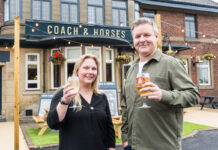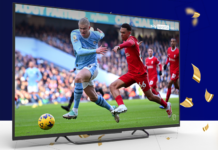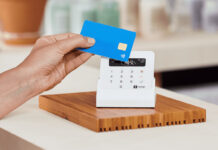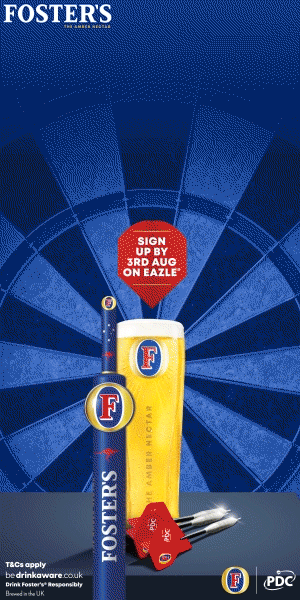Back-bar equipment can improve service, efficiency and profits, firms say

A CLUTTERED back-bar area can slow down service and even lead to lost revenue.
Despite this, equipment suppliers have told SLTN that many in the trade could make better use of their back-bar space.
According to Nick Oryino, chair of the Catering Equipment Suppliers’ Association, publicans are missing an opportunity to generate extra revenue.
“There are plenty of potential sales opportunities that pubs may not be exploiting yet,” said Oryino.
“Examples include smoothies and cocktails, speciality coffees, toasties and paninis. All can be made back of bar using compact equipment and all can deliver big profits.”
The right equipment can also provide a more efficient and profitable way to dispense drinks, according to Dan Lovell, managing director of WineEmotion UK.
“An attractive wine dispenser behind the bar will have a huge impact and increase sales of fine wines, delivering a high profit margin,” said Lovell.
“Some dispensers can be customised to match the decor, with features like adjustable LED lighting that can be used to create eye-catching tones; coloured panels to complement the surrounds; screen printing on the front of the dispenser that can be a focus for attracting sales; and so on.”
David Lawlor, managing director of Watermark UK, which distributes the Gaggia and Saeco ranges of espresso machines, agreed that eye-catching equipment can have an impact on sales. But ease of use is another important factor when choosing new equipment, said Lawlor.
“If your barperson is a barista, then go for an automatic traditional machine,” he said. “However, some bar staff will not be skilled in terms of espresso making, so a simple, one-touch bean-to-cup machine will be ideal.”
One piece of equipment that should offer no problems to any staff member is a commercial microwave.
Look at where equipment is sited and make sure it fits with the pattern of service.
David Watts of Samsung Professional Appliances said their ease of use and versatility make them ideal for the back-bar.
“Commercial microwave ovens could have been designed with the back-bar in mind,” he said. “They’re fast, reliable, they can cook or reheat lots of different products and they are easy to operate.”
At the other end of the thermometer, keeping drinks cool is vital to the quality of serve in pubs and bars.
Mark Hogan of Foodservice Equipment Marketing, said choosing equipment such as an ice machine will depend on an outlet’s usage.
“When choosing an ice machine check on the production of ice per 24 hours and compare this with your usage,” said Hogan.
“If your usage varies considerably, choose a machine with an adequate storage bin so you can store over production during quiet periods.”
Once a machine is chosen, there’s still the matter of installation.
Simon Aspin of Hubbard Ice Systems, which markets the Scotsman range in the UK, said there are a few key points to consider when fitting a new machine.
“Before you fit an ice machine, consider where it will go and what services it will need,” said Aspin. “All ice machines (except very tiny ones) need plumbing in to water and waste.
“They will almost certainly need a water filter, too, to protect them from limescale build up.
“All ice machines need to be installed with a drain air gap to ensure that there is no risk of the ice being contaminated by backed up drains.”
Malcolm Harling of Williams Refrigeration highlighted the importance of the back-bar fridge.
“Coping with the demands of a busy venue means back-bar refrigeration has to be robust and operate efficiently, to maintain temperature as bottles are taken out, stock replenished and doors continually opened and closed,” he said. “It also needs to look stylish and display bottled drinks attractively.”
Getting the right equipment is important, but Paul Crowley of dishwasher firm Winterhalter UK reminded operators to consider their space when fitting new equipment.
“Look at where equipment is sited and make sure it fits in the pattern of serving and clearing the bar area and tables,” said Crowley. “For example, site a glasswasher at the end of the bar, so staff are not struggling to get past when the door is open, and dirty glasses can be stacked away from the serving area ready to be loaded.”
Richard Pearson, sales manager at catering equipment supplier New Concept, agreed that layout is crucial when it comes to the back-bar.
“Bars should allow space for different areas, maximising your space allows you to maximise your efficiency,” said Pearson. “You want to have different areas for coffee machines, tills, glasswash sections, etc.”
Any new equipment can involve an initial investment, but operators should not be put off by the cost, said Guy Cooper, managing director of Mitchell & Cooper.
“Making any bar run efficiently requires a certain level of initial investment, although this will ultimately serve to increase profits,” he said.




















